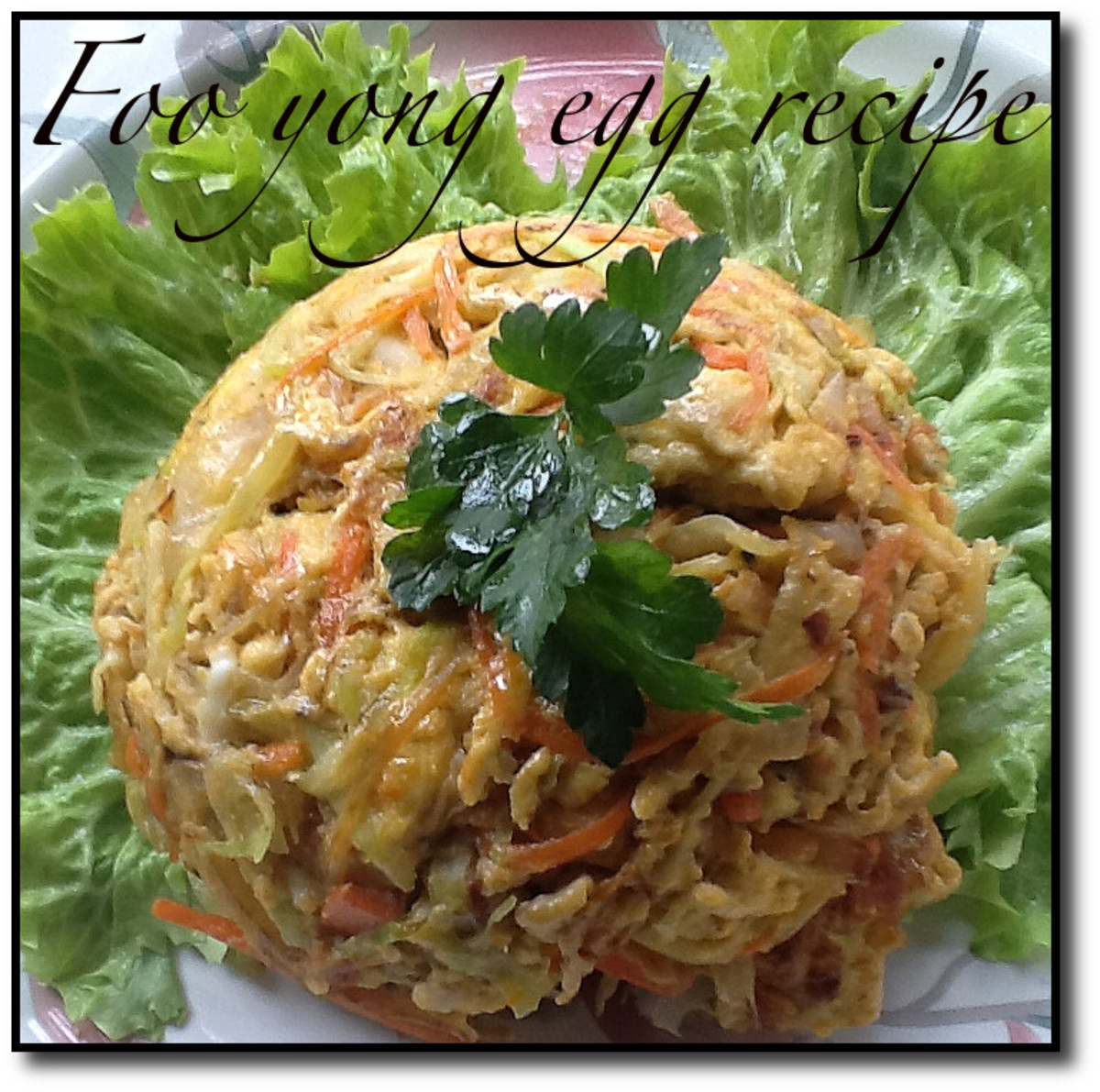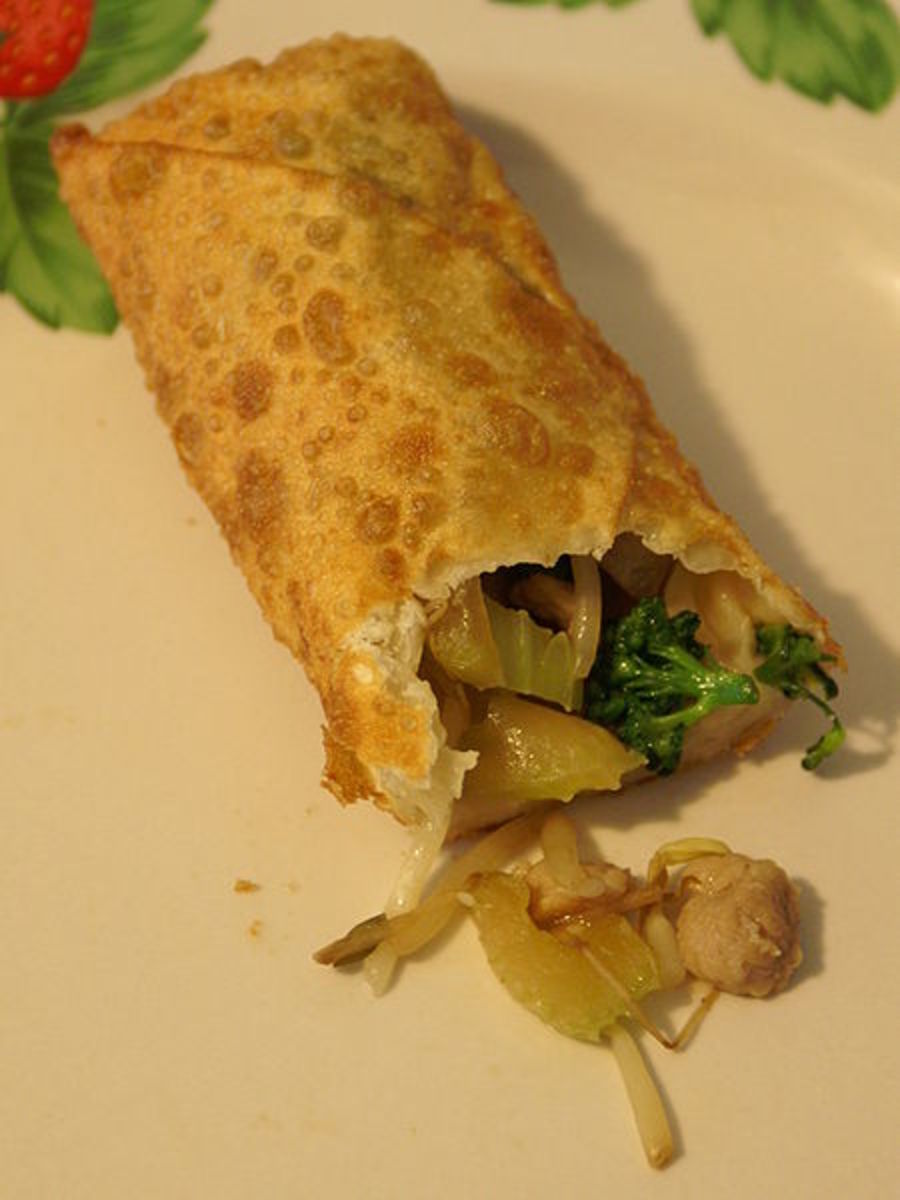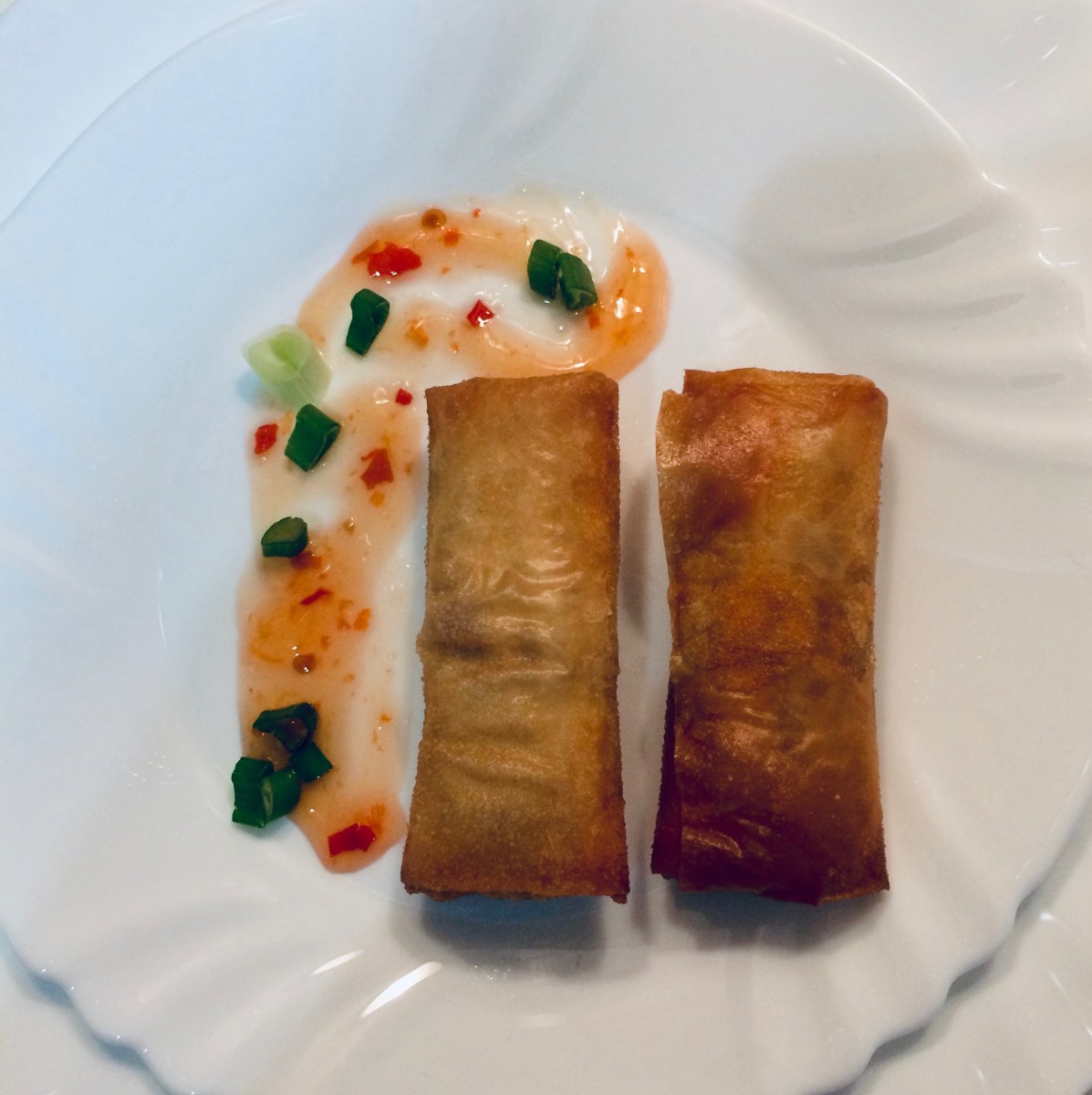- HubPages»
- Food and Cooking»
- World Cuisines»
- East Asian Cuisine
Stir Fried Tomato and Egg: The Best Kept Secret of Chinese Cuisine
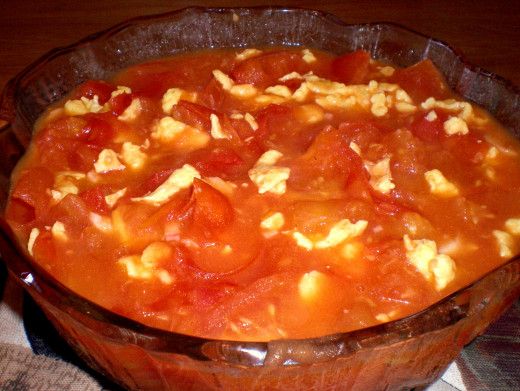
Chances are, when you think of Chinese cooking, a dish of stir fried tomato and egg isn’t the first image that pops into your head. For some of you that may simply be because you’ve never seen it at Panda Express … and if they don’t have it at Panda you’re pretty sure they don’t have it in China. (All sarcasm aside, I do happen to like the food there, and in their defense my wife, who is Chinese and had been in the States all of two months when she first tried their stir fry, said it tasted pretty authentic to her … she just had no idea what to make of the “fortune cookie.”)
(I will proceed to ramble a bit now, so if you'd prefer to get right to the recipe, start scrolling down ...)
Not only do they not have stir fried tomato and egg at Panda, you’d be searching an awfully long time to find the dish served in any Chinese restaurant in the States. Somehow it just didn’t find its way across the Pacific with the Kung Pao Chicken and Sweet and Sour Pork. But I can tell you that—at least where I was living (in Shandong Province)—this dish was extremely common. In fact, it was more than common; it was cliché … like grits or fried chicken and beans in southern cooking.
But people’s thoughts and opinions on the stir fried tomato and egg in China does give me a theory as to why you’ll probably never see it served in a Chinese restaurant on this side of the Pacific. And it wasn’t that people didn’t like it. They did. It was just so … common. Easy. Cheap. And as I said before – cliché. Wait a second. So people liked it, it was easy and it was cheap … I’m not completely understanding the problem.
Tomato and Egg with a Side of Culture, Please
The problem was this (and I can’t presume to speak for all Chinese, this is simply what I observed and deduced from my own limited experience) – the average person isn’t going to the restaurant unless 1) they are inviting someone out for a meal, or 2) they are being invited by someone out for a meal. Keep in mind that whoever does the inviting does the paying. Keep in mind, too, that whoever does the inviting and the paying is responsible for the ordering. As you probably know, in China whatever is ordered is ordered for all and shared by all.
Now, if you’re cheap like me, you have no problem with ordering something common and cheap so long as you know the people you’re with are going to like it. But if I may make a pair of overgeneralizations regarding the Chinese, allow me to say that Chinese people are extremely hospitable/courteous toward guests and they are also very concerned about “face.” No doubt you’ve heard the expression, “to lose face.” That’s Chinese. You’ve probably never heard the expressions, “to have face,” “to have big face,” “to give someone face,” “to desire face.” Those are Chinese, too. The idea of “face” is perhaps best described in terms of reputation or the impression a person leaves with others. For example, if I do or say something that makes you look good in front of other people, I just gave you face. If everyone knows you and you receive special treatment because of your reputation (whether good or bad), your face is really big.
“Wait, I thought we were talking about Chinese stir fry and tomato and eggs and grits …??” We still are, just hold tight. So, if I invite some people out to dinner and I order a simple, cheap dish of tomato and eggs, what’s that going to do for my face? (Don’t think cosmetology here, remember what we just went over.) Well, at worst, it will lead people to believe that I’m more concerned about saving money than treating them to something nice, or at best, that I simply have no creativity whatsoever and go for a common standby when there are a hundred things on the menu that people CAN’T make on their own at home. Either way, I lose. Now, if the relationships are close enough where face doesn’t really matter, you’ll find people order the dish. Otherwise, they’ll just enjoy it on their own time.
I had been invited out to meals by college students a number of times where we actually did get the stir fried tomato and egg, but each time they felt almost embarrassed to order it because, well, it’s certainly no way to impress. However, it didn’t take long for them to realize this foreigner had little desire to “be impressed” and would enjoy the cheap dish a whole lot more than the plate of chicken gizzards for quadruple the price. What can I say, sometimes things are common and cliché for good reason.
So as Chinese immigrated and continue to immigrate to the United States bringing with them their culinary masterpieces to our doorsteps, I presume that a dish of stir fried tomato and egg is never among the first things they are eager to share with their new foreign friends. ‘Tis a pity indeed. But since I don’t have face, nor care much for it, I’ll gladly share with you this meal that I had more than any other throughout my four years in China. Enjoy! :)
Bear in mind that the recipe below is adequate as a meal for ONE person (with a side of rice).
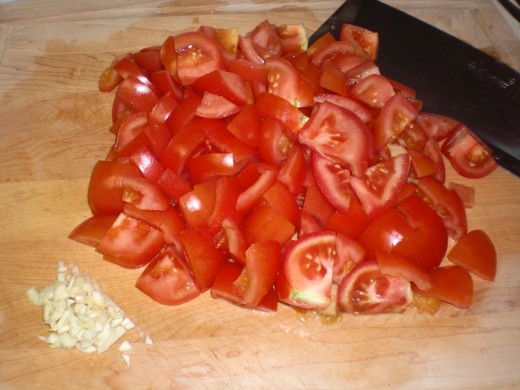
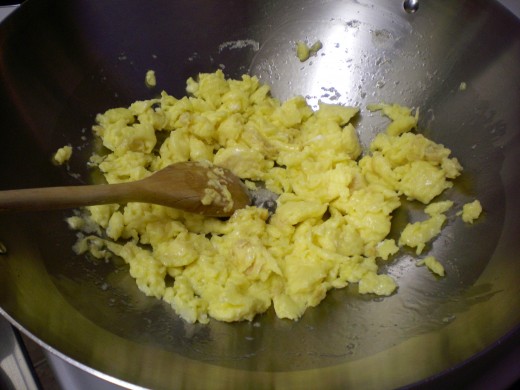
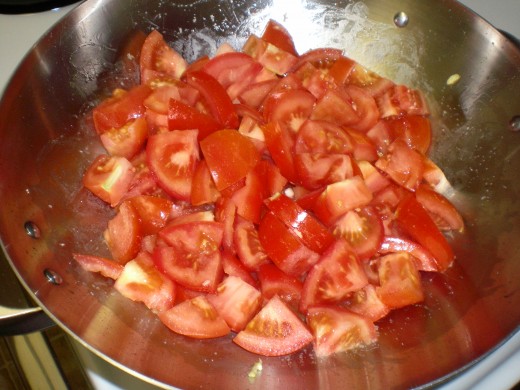
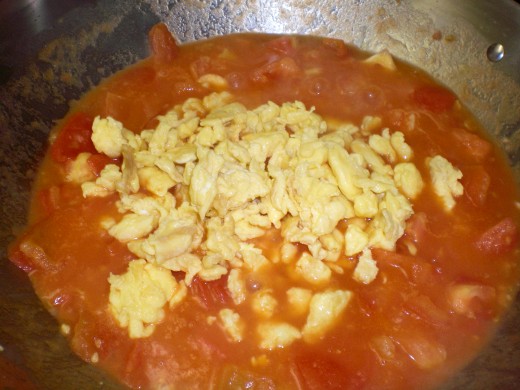

Ingredients
- 2 large tomatoes
- 2 eggs, beaten
- 2 cloves garlic, minced
- scallions, chopped
- salt
Instructions
- Cut up 2 large tomatoes into small chunks.
- Beat 2 eggs in a bowl and add a pinch of salt, then fry/scramble them in a pan or wok pot with oil. Once finished, take them out of the pan.
- Using the same pan, add more oil and stir fry the tomatoes. Adding salt to the tomatoes at the beginning will help to draw the liquid out of them so it gets soupy quicker. You can cook the tomatoes to the consistency you like. Some like the pieces to still be basically intact while I let the tomatoes cook down pretty well to create a soupier dish. Experiment however you like.
- While the tomato is cooking down, mince 2 cloves of garlic and add them to the wok.
- When the tomato is basically cooked to the consistency you like, throw your scrambled eggs back in. Don't forget to taste for saltiness! If it’s already too salty … well, there’s always next time.
- Cut up some green onion (scallion) or leek and add that to the mix. At this point you can turn off the burner and you're done!
- Enjoy the dish with friends while keeping it from them everything the dish implies about you being cheap and unimaginative.


